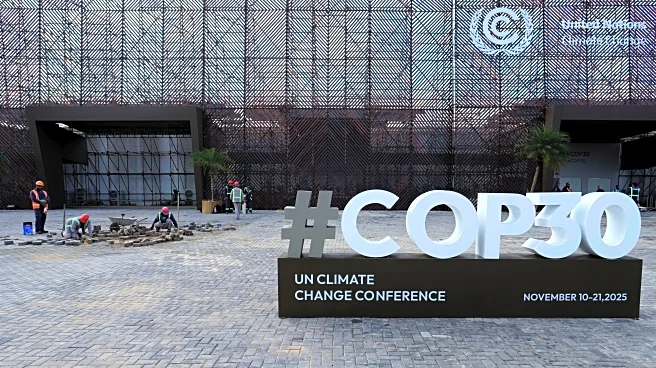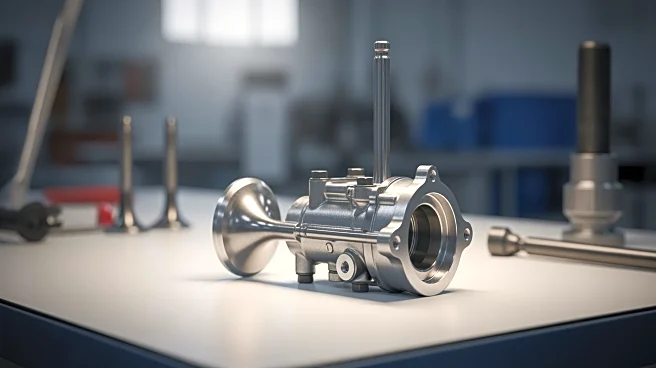What's Happening?
The IMARC Group has released a detailed report providing a roadmap for establishing an automotive engine valves manufacturing plant. The report covers essential aspects such as setup requirements, raw materials, operations, infrastructure, costs, and
investment opportunities. It offers insights into unit operations, raw material needs, utility supply, infrastructural requirements, machinery models, labor necessities, transportation timelines, and packaging costs. Additionally, the report delves into the financial aspects of setting up such a plant, including capital investments, project funding, operating expenses, income and expenditure projections, and expected returns on investment. This comprehensive guide aims to assist entrepreneurs and stakeholders in making informed decisions about venturing into the automotive engine valves manufacturing sector.
Why It's Important?
The establishment of an automotive engine valves manufacturing plant is significant due to the growing demand for fuel-efficient and eco-friendly vehicles. As the automotive industry shifts towards electric and hybrid models, there is an increasing need for lightweight and durable valve materials to enhance vehicle performance and reduce weight. The report's insights are particularly valuable for emerging economies in Asia-Pacific, such as India and China, where the automotive industry is rapidly expanding. By providing a detailed financial and operational framework, the report enables investors to capitalize on the growing market for automotive engine valves, driven by advancements in valve technologies and the global push towards sustainability.
What's Next?
Entrepreneurs and stakeholders interested in setting up an automotive engine valves manufacturing plant can utilize the IMARC Group's report to navigate the complexities of the industry. The report's guidance on market research, plant layout, construction, equipment procurement, and cost analysis will be crucial for successful project execution. As the demand for innovative valve technologies continues to rise, manufacturers may focus on integrating advancements such as variable valve timing and electronically controlled valves to meet stringent emission standards. The report's insights into market trends and drivers will help stakeholders align their strategies with the evolving automotive landscape.
Beyond the Headlines
The report highlights the potential for significant advancements in valve technologies, such as additive manufacturing and material science, which could lead to more complex and efficient valve designs. These innovations are crucial for meeting global sustainability goals and enhancing engine efficiency. The focus on eco-friendly and fuel-efficient vehicles aligns with broader environmental objectives, potentially influencing regulatory policies and consumer preferences. As the automotive industry continues to evolve, the role of engine valves in optimizing performance and reducing emissions will remain a critical area of focus.















